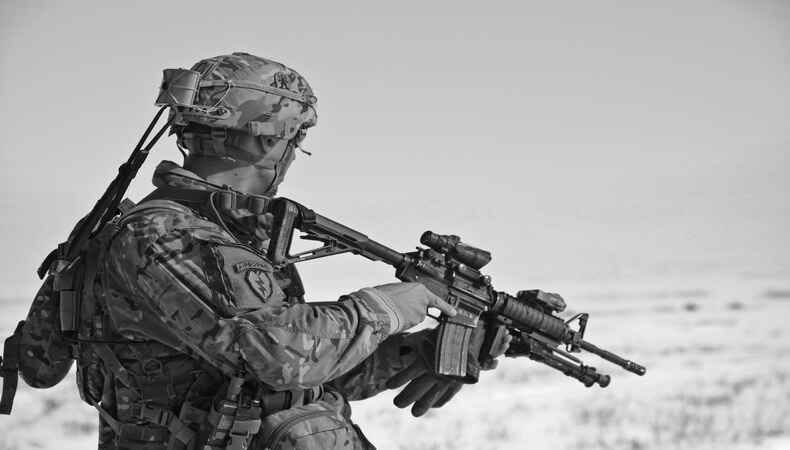
The recent escalation between Israel and Hezbollah has plunged the region into one of its darkest chapters, reminiscent of the 2006 conflict. On Monday, Israeli airstrikes resulted in over 490 fatalities in Lebanon, including a tragic number of women and children. This marks the deadliest single-day attack since the last war between the two factions, highlighting the severe human toll that this intensifying conflict is exacting on civilians.
As tensions mounted, Israeli authorities urged residents in southern and eastern Lebanon to evacuate in anticipation of increased military operations. This warning triggered a mass migration towards Beirut, with families fleeing from southern Lebanon congesting highways and seeking safety in the capital. The Lebanese Health Ministry reported not only the staggering death toll but also over 1,600 injuries, exacerbating a humanitarian crisis in a country already grappling with the aftermath of previous conflicts and economic instability.
The Israeli government, led by Prime Minister Benjamin Netanyahu, has made clear its determination to eradicate Hezbollah’s military capabilities, asserting that the recent airstrikes targeted the group’s infrastructure and combat readiness. Military officials stated that Hezbollah had launched approximately 9,000 rockets and drones into Israel since the fighting began last October, with 250 of these attacks occurring on just one day. The Israeli military has been adamant that it will employ whatever means necessary to neutralize the threats posed by Hezbollah, even hinting at the possibility of a ground invasion.
In retaliation, Hezbollah has launched rockets and drones targeting Israeli military installations, maintaining its aggressive stance since the conflict intensified following the Hamas attacks on October 7. Israeli airstrikes have also impacted civilian areas, raising concerns over the humanitarian implications of the ongoing bombardments. Hospitals and medical facilities, already strained by an influx of casualties, have been targeted, prompting officials to prioritize urgent care and set up emergency shelters for the displaced.
The international community is closely monitoring the situation, with U.S. President Joe Biden expressing concerns over the potential for a wider conflict. Diplomatic efforts are underway to negotiate a ceasefire, but the increasing military actions from both sides complicate these initiatives. The United Nations has called for restraint, acknowledging the significant civilian losses, which far exceed previous tragedies in Lebanon.
As the violence escalates, questions arise about the possibility of reaching a diplomatic resolution versus the prospect of further conflict. Hezbollah’s commitment to continuing its attacks until a ceasefire is achieved in Gaza aligns its objectives with those of Hamas, making a diplomatic resolution increasingly challenging. The situation is dire, with daily reports of casualties and an urgent need for humanitarian assistance.
In summary, the ongoing conflict between Israel and Hezbollah is not just a military engagement; it’s a humanitarian crisis that calls for urgent attention from the global community. As bloodshed continues, the need for diplomacy is paramount to prevent a larger regional war and to address the grave humanitarian issues facing civilians on both sides.
